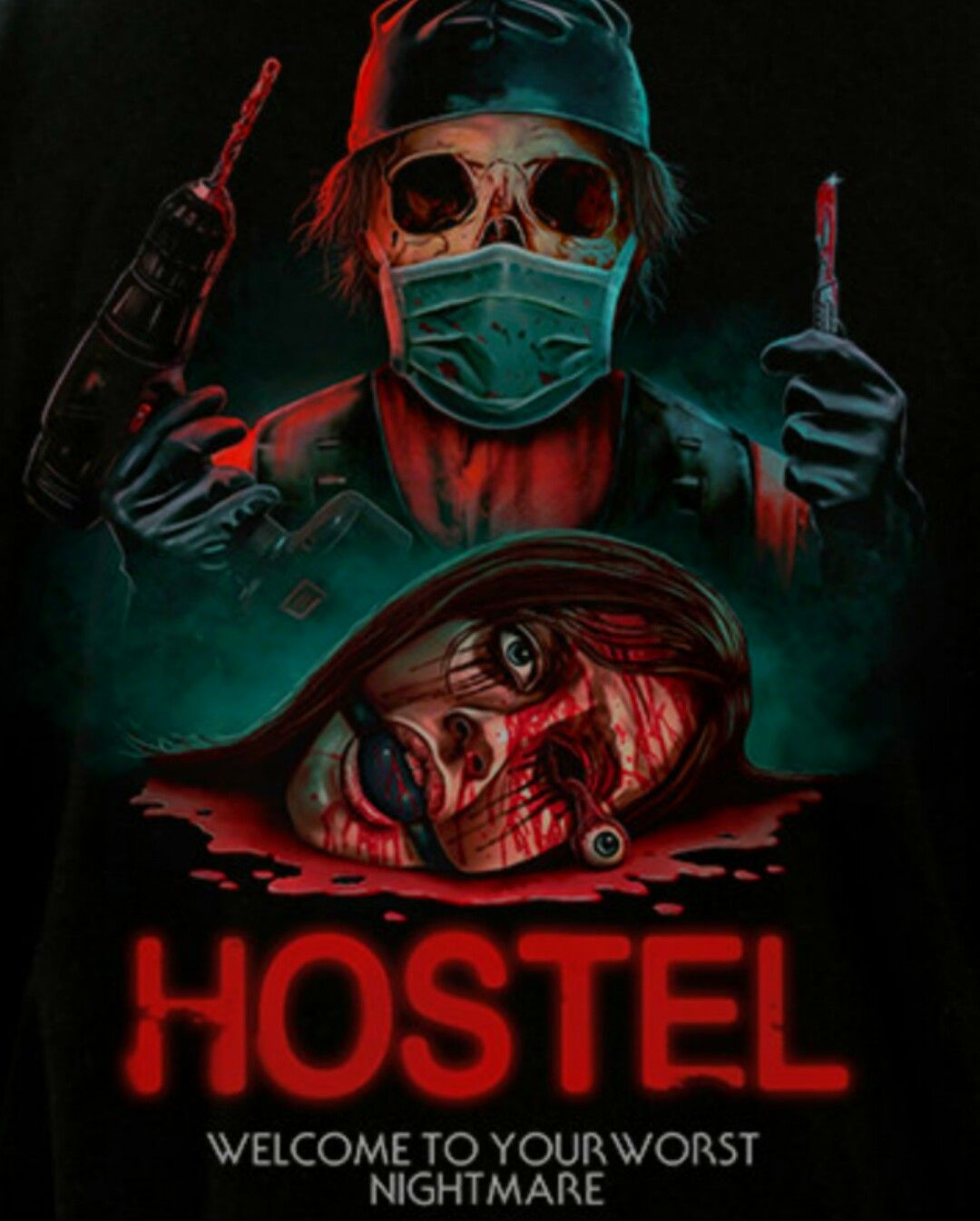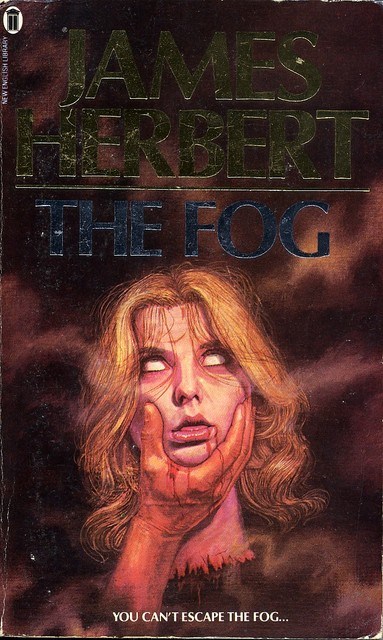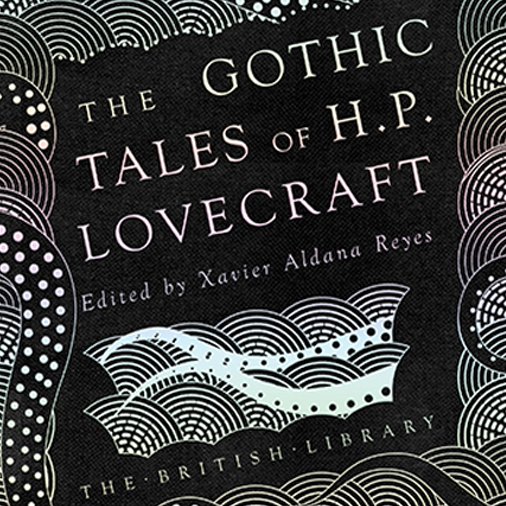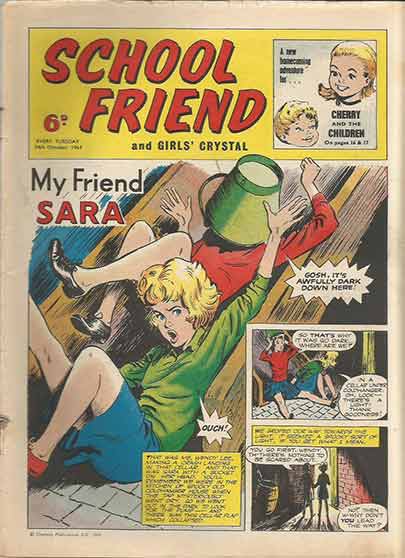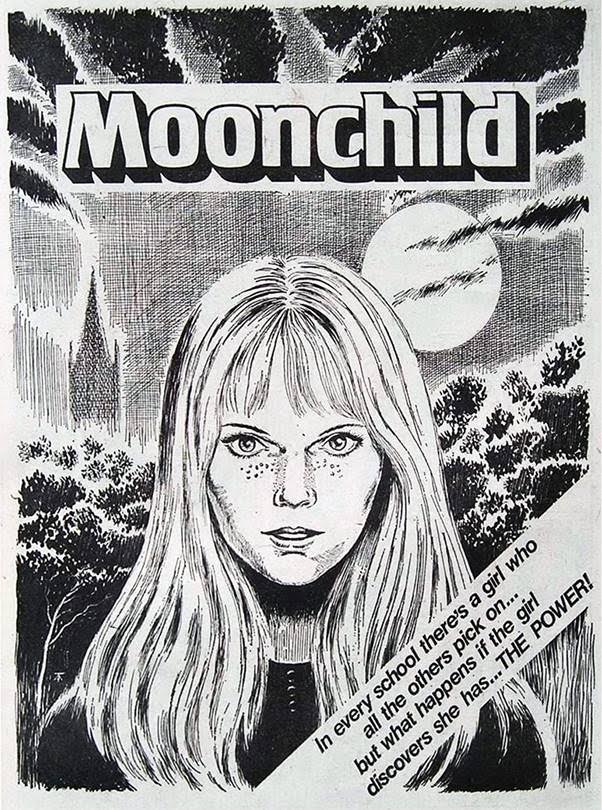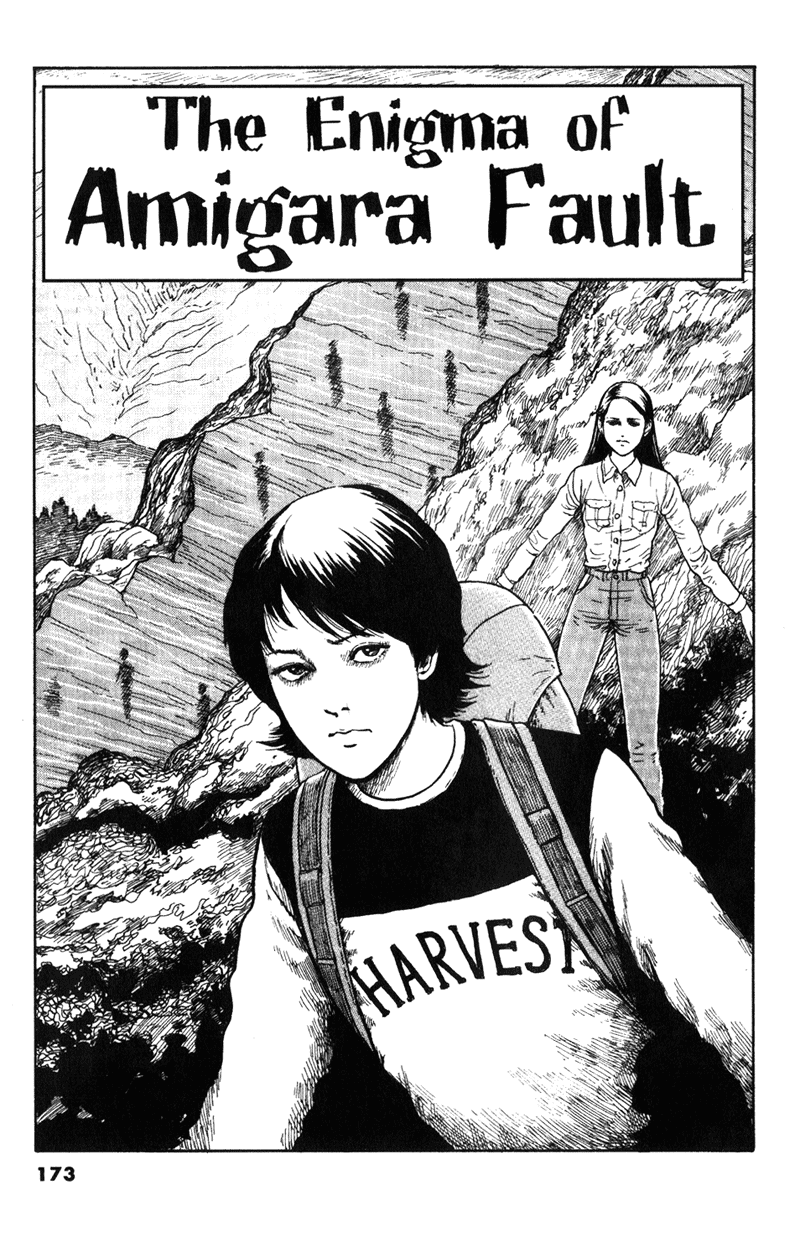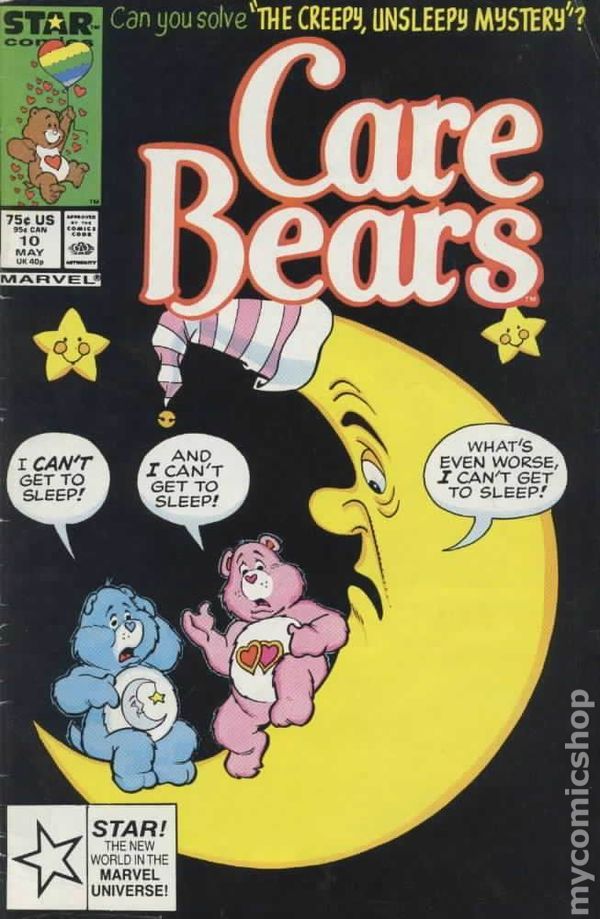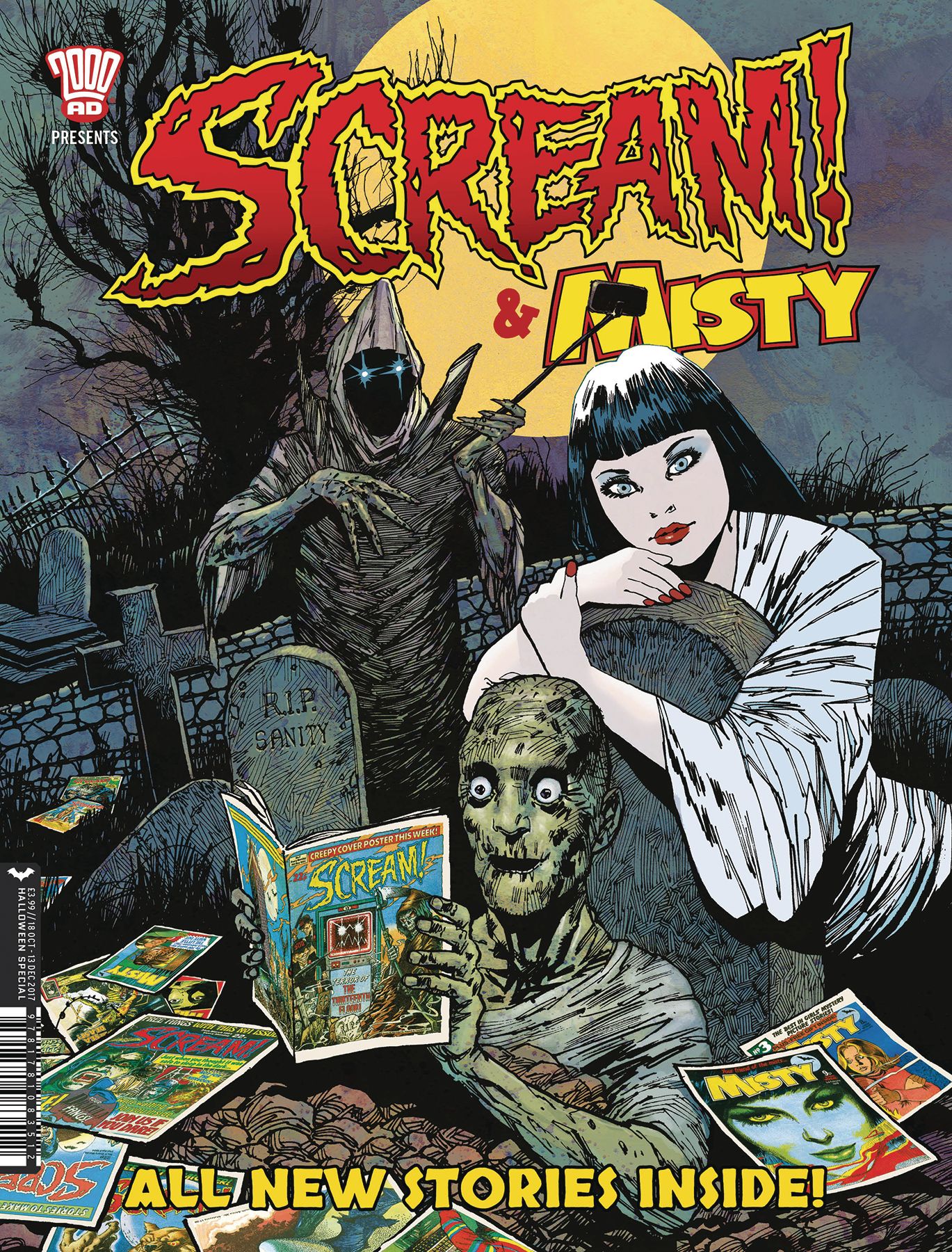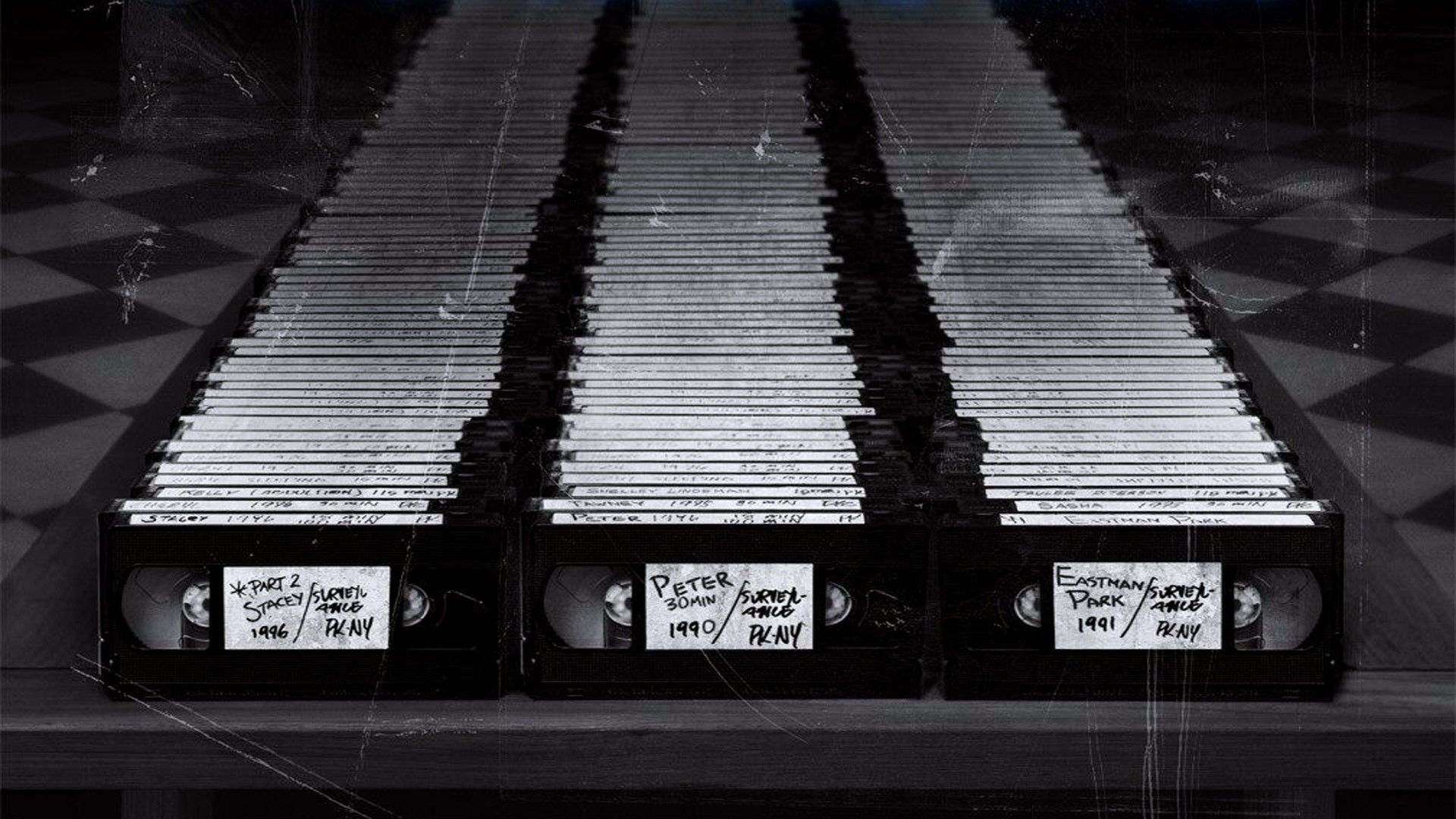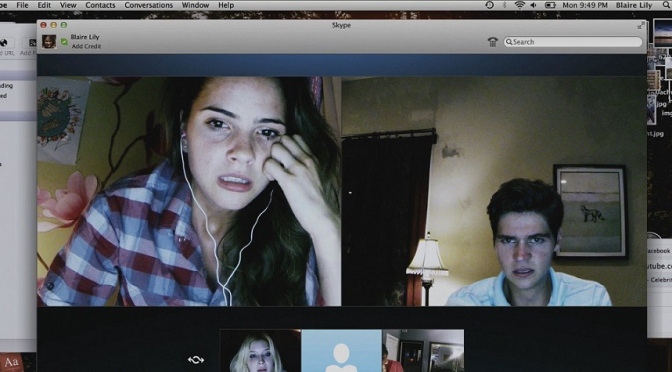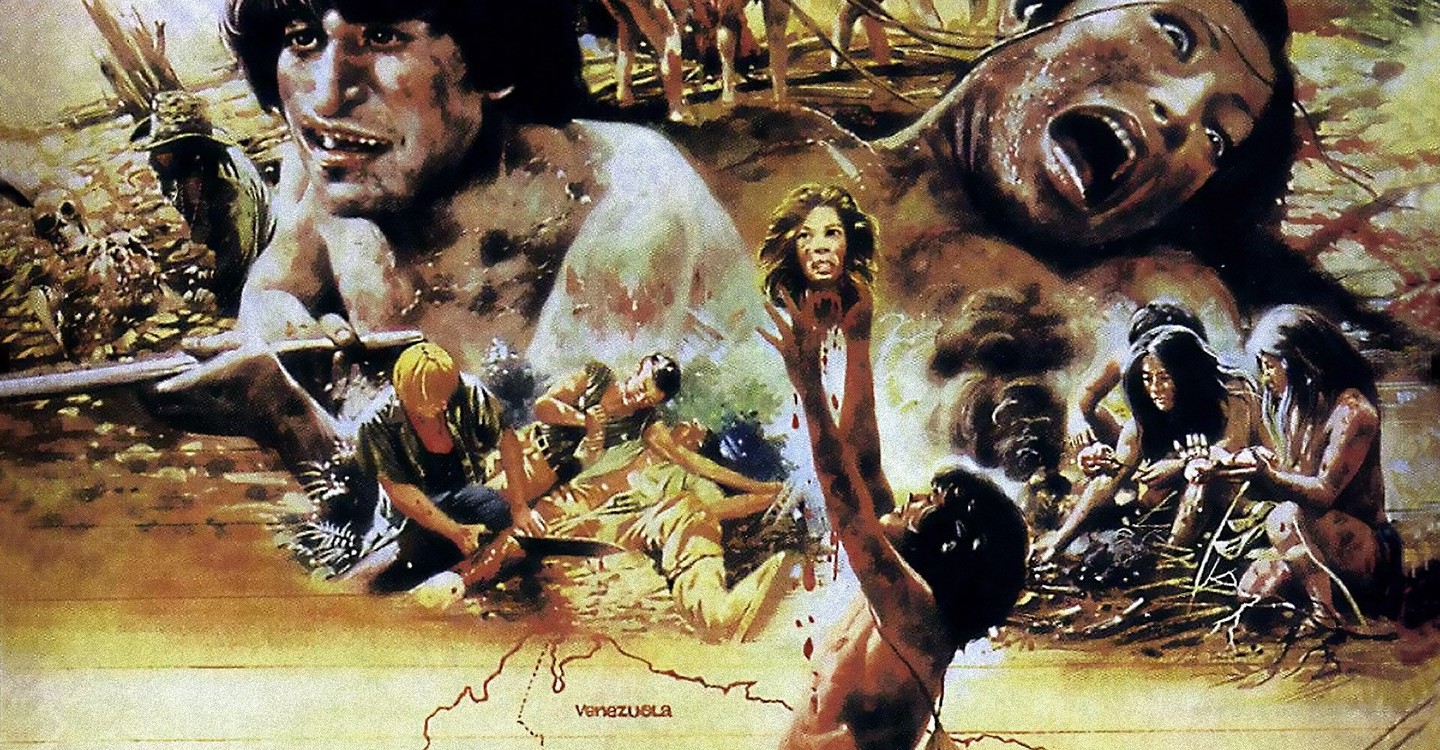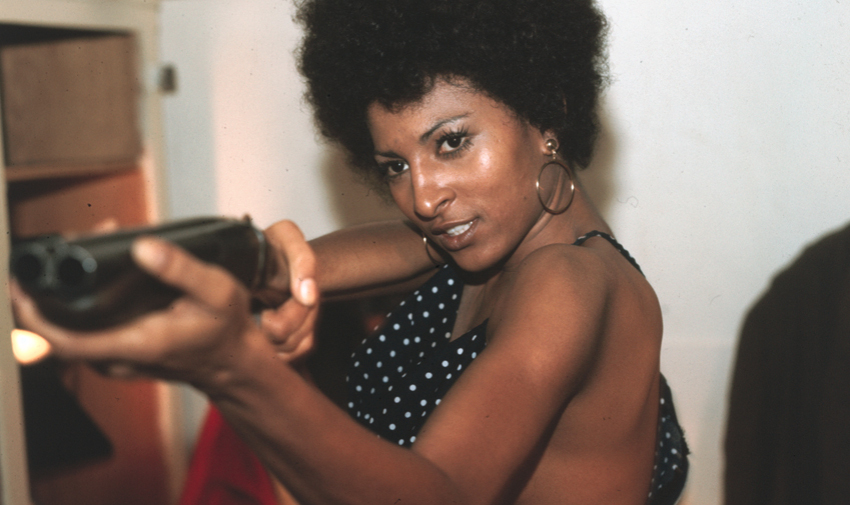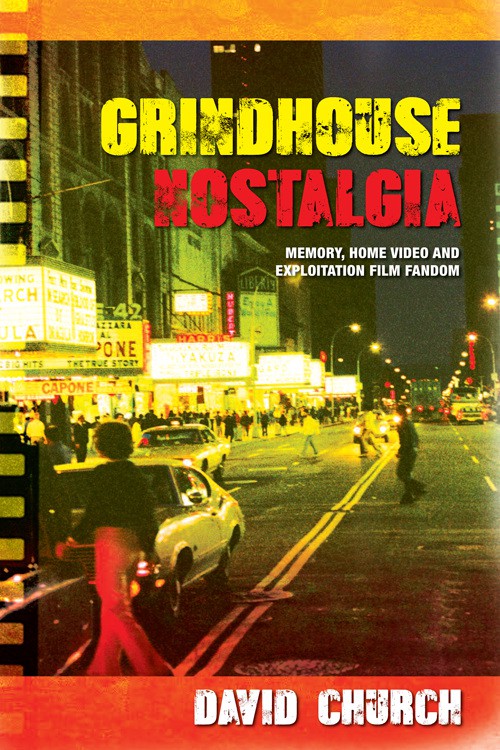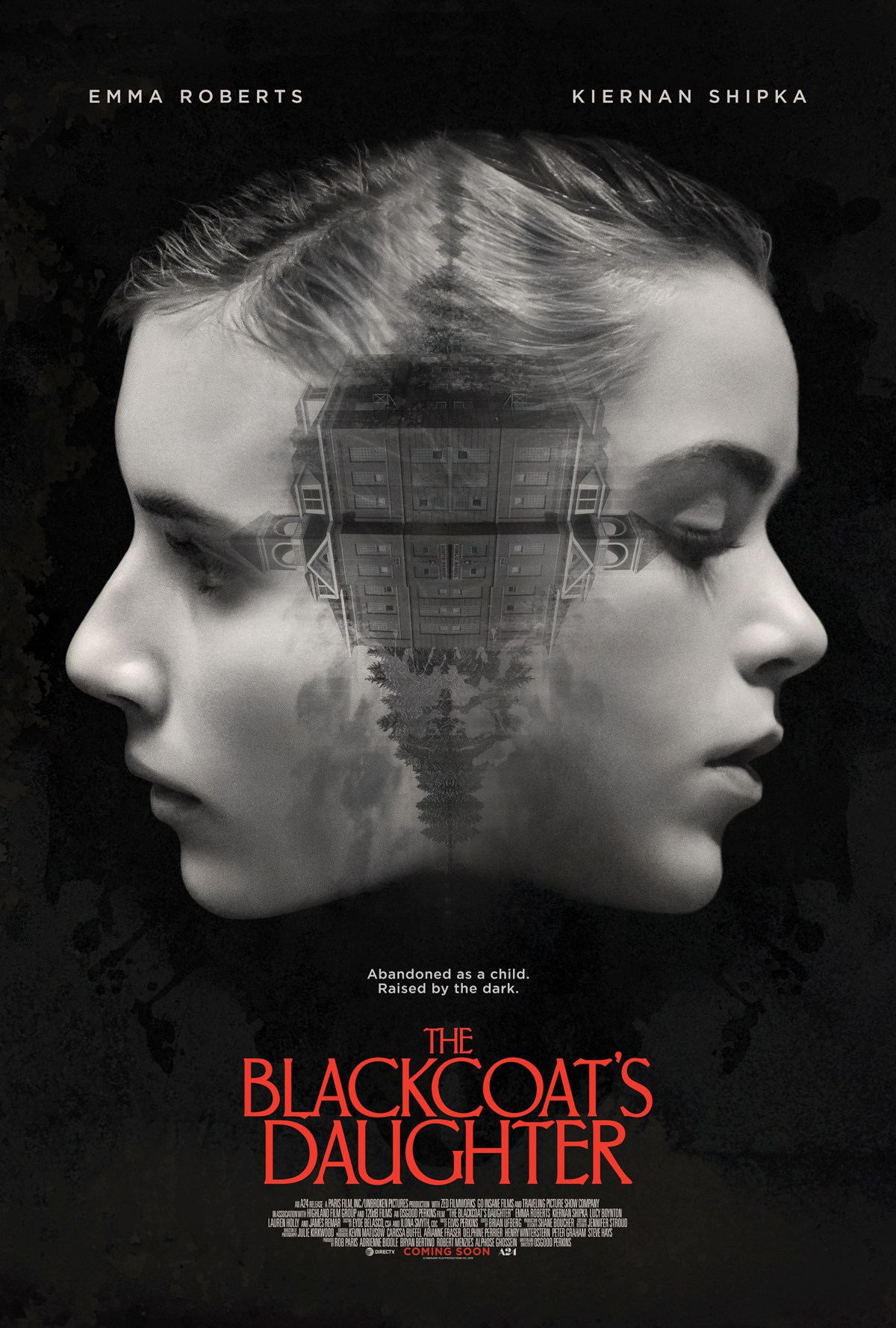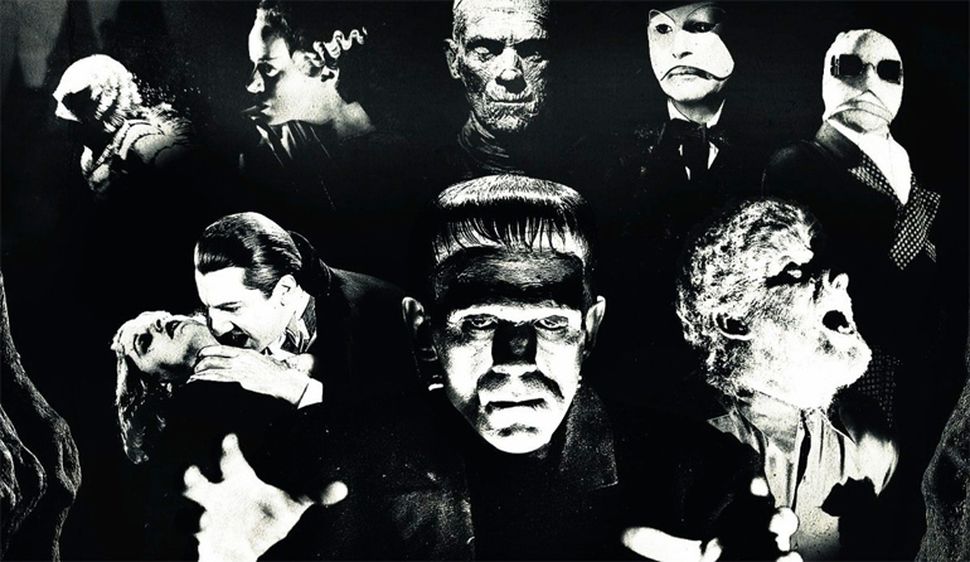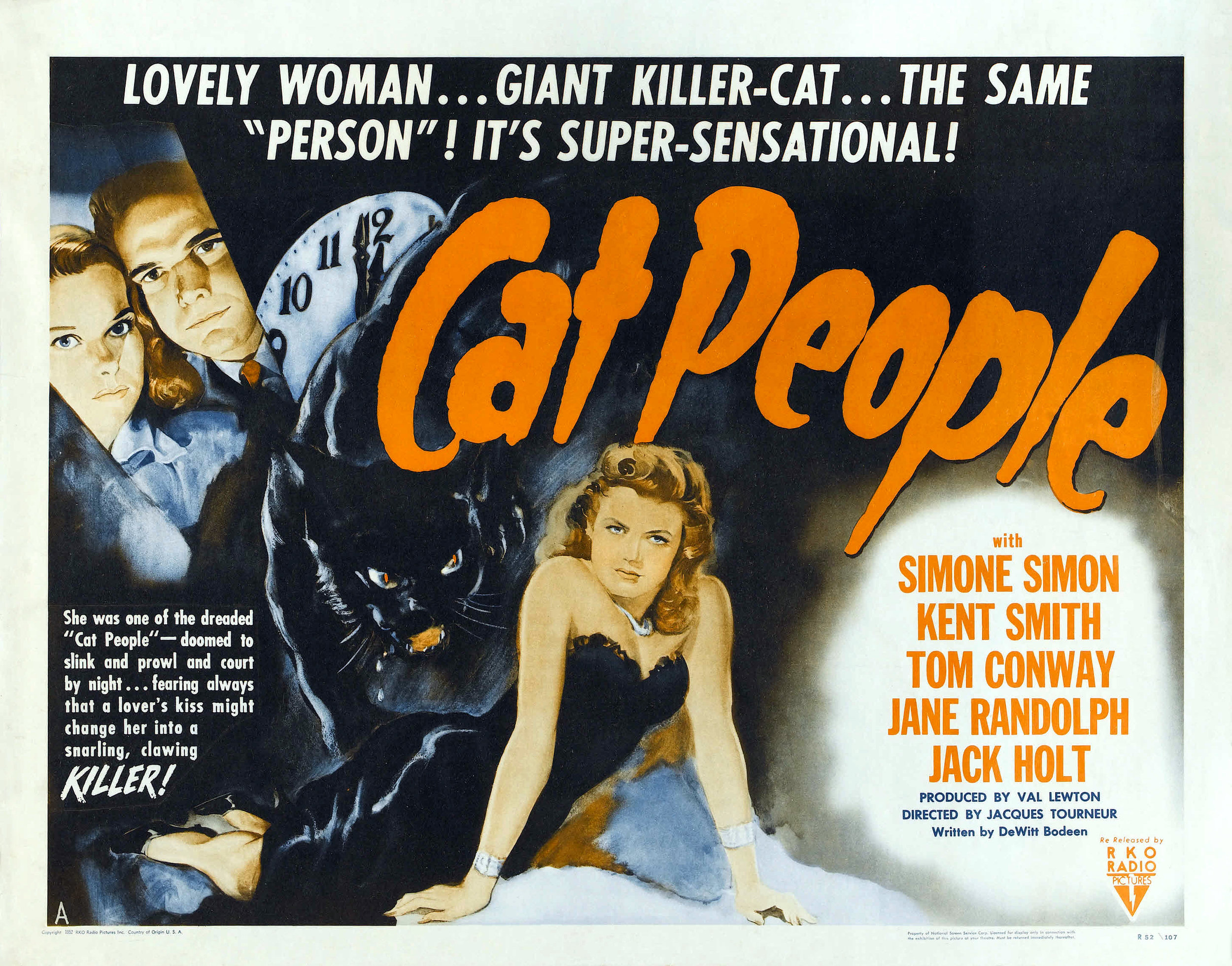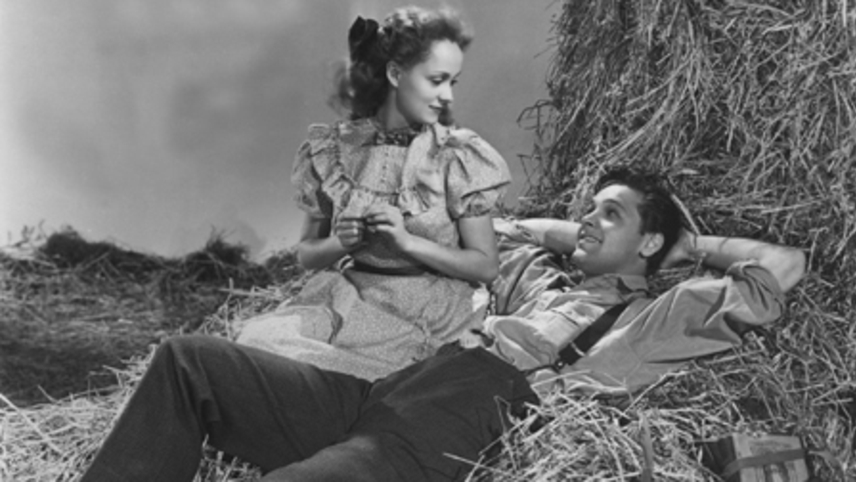Cult Conversations: Interview with Xavier Aldana Reyes (Part II)
/In entertainment journalism, there has been an influx of commentaries about contemporary horror cinema existing in a “new Golden Age” (see here, here and here). Similarly, contemporary horror fiction has been viewed as underpinned by golden age rhetoric, as pronounced by Paul Tremblay in a recent article in The Los Angeles Times. What do you think of these claims regarding cinema and literature? Is it journalistic hyperbole or do you think there is something legitimately “golden” occurring here?
Horror never really goes away, and it has always been one of the ‘safest’ of genres. This is why directors from countries that had only rarely turned to it, like Spain or Italy, began to produce them en masse in the 1960s and 1970s. The returns were potentially handsome and the films themselves, shot economically, relatively risk-free. Having said this, we also know that the success of one particular film or set of films normally brings about cycles: Psycho, The Exorcist, Paranormal Activity – these were all trend setters that generated a slew of imitators – and a stronger investment in the genre. So in that sense horror has always been ‘golden’. I suspect what is at stake here is the scope and mainstream attention horror is receiving, something it has attracted less often. It is, for example, shocking that the last horror film to win an Oscar was The Silence of the Lambs (I don’t see The Shape of Water as a horror film, as I explained above). But here we have very successful films (It) and Netflix series (Stranger Things) that have also resisted critical lambasting. Maybe that is enough to speak of a ‘golden age’?
There is a conference taking place this year on Stranger Things as cult text, and that seems interesting to me. Is something really ‘cult’ when it attracts 15 million viewers? And does that mean horror, fantasy and science fiction must always, by their very nature, remain cult? I don’t think that horror is necessarily going through a golden period insofar as there have always been brilliant horror texts, even in the 1990s, when horror suffered a slump after the boom of the 1980s. What changes is the amount of people attracted to it, and the critical mass and media attention it commands. What we are seeing is a consumer pool increasingly made up of nostalgic 30-year-olds who were raised by the likes of King. This explains, in part, the success of Stranger Things, the remake of It or of Thomas Olde Heuvelt’s Hex, all of which show, to my mind, the mark of this key contemporary American writer.
When David Edelstein first referred to Hostel as ‘torture porn’, no-one could really anticipate that the term would stick or that a whole subgenre would develop that characterised a big part of the horror cinema made in the noughties. I am sure someone will end up writing a book called something like ‘The 2010s and the Golden Age of Horror’, and I don’t have a problem with that. All publicity is good publicity, and if the success of certain programmes, novels and films is going to encourage other talented artists to work in the genre, I’m all for it. Bring on the new golden age of horror!
You have also written on affect and the film/viewer body interface. Can you broadly summarise the key points of your research in this area and what you have learned about audiences and horror?
Certainly! I have always been fascinated by the human capacity to be horrified by something that we know is not real. A lot has been written and theorised about this, especially about the relationship between horrific bodies and those of cinema viewers. In Horror Film and Affect, my book from 2016, I took issue with the privileging of the psychoanalytic approach to representation in Horror Studies that, in my view, is partly responsible for the conflation of learnt or cultural fear and the emotional and somatic aspects that are exclusive to the audio-visual horror experience. It is fairly easy to assume that sympathy is responsible for the ways in which we are negatively affected by, for example, scenes of extreme and graphic violence. One of the things I show in that book is that somatic empathy – the capacity to engage with onscreen bodies and recognised their vulnerability – as well as the ability to anticipate and imagine pain are equally important. This corporeal aspect of cinema is less written about because it does not intersect with identity politics and is thus perceived to be of less interest to a field interested in proving its social value. For me, affect and the body are not only fascinating, but inextricable from the experience of engaging with audio-visual horror. As I have argued, the experience of horror is ultimately not defined by the temporal, spatial or thematic coordinates of the genre, but by the generation of a strong sense of vulnerability and the foregrounding of a harmful source of threat.
I have always been interested in the ways bodies are represented in the Gothic mode, too, from monstrous corporealities and the exaggerations of the grotesque to the less anthropocentric echoes of the abhuman. This is the area I explored with Body Gothic, from 2014, which was concerned with recuperating the body for contemporary Gothic Studies, especially following a turn to the spectral and the uncanny towards the beginning of the 2010s. Further work by the likes of Marie Mulvey-Roberts has followed, and I think it is an incredibly productive area for the Gothic. It is also one that is undergoing tremendous change at a time when the bodies that had previously been abjected and monstered (gender, racial and sexual minorities, as well as the disabled body) are being reconsidered.
To follow up on your response, could you explain how you developed this theory of “somatic empathy” and so forth? Is this approach primarily theoretical or did the work involve audience research at all? (I am thinking of the way in which Martin Barker has argued that research into audiences without involving actual audiences leads to speculation and imputation, a kind of “constructing figures of the audience”.)
Absolutely. It’s a very real concern, and one I wouldn’t want to trivialise. After all, one of the big bugbears of psychoanalysis, for me, is precisely its universal models of psychosexual, unconscious and repressed experience (archaic mothers, Oedipal complexes and so forth). My work has very much developed from the research of phenomenologists, cognitivists, neuroscientists and, very recently, evolutionary studies (Vivian Sobchack, Torben Grodal, Murray Smith, Noël Carroll, Julian Hanich and Mathias Clasen, among many others). The brilliant Carl Plantinga refers to the viewer who reacts to the ways a film intends as a ‘cooperative’ one, and this one is the only viewer we can analyse through theory alone. I do not so much ‘construct figures of the audience’, then, as I apply scientific studies on cognition and perception to the type of formalism that has sadly been left out of a lot Film Studies because it has been seen as easy and programmatic (i.e. the close reading of film as edited moving images with sound). I think part of the issue is that film is often theorised by scholars who work with literature and critical theory and philosophy, so the focus may end up remaining narrative and thematic, rather than cinematic. I never say ‘this is how all viewers ever react to a scene’, but rather ‘this is how a given scene intends to operate on the viewer, and it does so by relying on these “universal” perceptual and instinctive biological primers and cognitive processes’. Fear can be both learnt and ingrained. The former is primarily socio-cultural (fear of black cats, say) but the latter is somatic and connected to evolution and instinct. For me, this is about understanding how we engage with fictional horror through our bodies and brains, and about how we use senses and thinking processes borrowed from real life.
But of course, this is not to say that the whole turn to affect and the body would not benefit from research on viewing subjects, and I hope to be able to go there in the future. To be honest, one of the reasons I haven’t yet been able to do this is skills (I am not a trained scientist or a sociologist) and money (lack of resources to carry out experiments, for example). I also think that reception studies, especially fandom and non-cooperative viewers, are very interesting and deserving of attention. Matt Hills has done some brilliant work on fan audiences, and Julian Hanich recently wrote a really interesting book on how collective viewing filters cinema experiences. There is clearly a lot more work yet to be carried out in this field, and it is incredibly exciting, especially because we are finally getting away from theories of horror that, to me, never felt experientially true. I was never scared of the shark in Jaws because it represents a massive vagina dentata, but because it posed a ‘real’ threat of being eaten alive!
And finally, what five novels or short stories would you recommend that you feel represents ‘the best’ that horror fiction has to offer and why?
Ooft! A tall order. I think I would rather concentrate on some of my personal favourites, which is a way of answering this question without suggesting that there is a top five that everyone must read. As with all literature, canons are full of biases, and what I consider to be fascinating and ground-breaking may well feel old hat to someone else. Many of these I have not reread in years, and I don’t know if they would pass the test of time. Given that all these writers are still the subject of academic work in the field, I am tempted to think so. In any case, here goes:
Clive Barker, Books of Blood (1984–5)
What can I say about this impressive collection of short stories that has not already been said a hundred times? A real gamechanger that did not shy away from graphic violence (it was partly responsible for the not always as exciting horror subgenre called ‘splatterpunk’) and which displays the scope and brilliance of Barker’s imagination. It is also a rare instance of a first collection of horror short stories gaining critical acclaim and commercial success in publishing. If the stories are not as stylistically polished as some of his other works – say, other much-loved works like The Hellbound Heart (1986) or Cabal (1988) – they make up for it in sheer wildness and complexity. From the most political of them – ‘In the Hills, the Cities’ – to the most blood-chilling – ‘The Midnight Meat Train’, ‘Pig Blood Blues’, ‘Dread’ – and the wackiest – ‘Jaqueline Ess’, ‘The Body Politic’, ‘In the Flesh’ – the tales in Books of Blood are endlessly inventive and show a horror writer at the height of their creative powers. It is such a shame that Barker has only ever sparingly returned to the short story
Billy Martin (formerly Poppy Z. Brite), Lost Souls (1992)
There is something about this novel about vampiric misfits and perambulating musicians that just spoke to me when I first read it in my teens. It has stayed with me to this day. The lush, baroque prose and attractive downbeat subcultural jadedness of the main characters – Molochai, Twig and Zillah, the main vampires, but also Nothing, the teenager who does not belong in their community – are unparalleled in Gothic fiction. Very few people are able to portray gay characters with the psychological richness that Brite can. Lost Souls is a great example of how horror fiction often encompasses other narrative and genre modes, from the coming of age narrative to the road trip. My teenage self also loved the setting. Wherever you are born, there are always places you romanticise and fantasise about. One of them, for me, continues to be the New Orleans of this novel, with its promise of chartreuse, culinary delights and nihilistic vampires. I love everything Brite wrote. The day he retired was a sad one for me.
Stephen King, It (1986)
I went through a period in my teens, probably from the ages of 13 to 16, where I read little else but King. There are only a few of his novels I haven’t read, mostly the most recent stuff. There are many I love: Carrie (1974), The Shining (1977), Misery (1987), the short story collections Night Shift (1978) and Nightmares and Dreamscapes (1993), the novellas in Four Past Midnight (1990), and so many others. And yet, the one I could never get was It. What a terrifying novel to read as a teenager! The size of it was scary enough, but Pennywise the clown never quite left my nightmares. Apart from its brilliant exploration of adulthood and friendship, this novel is one of the most interesting piece of fiction about fear. An impressive book in many respects.
Shirley Jackson, The Haunting of Hill House (1953)
I came late to this one, I must confess, first encountering while studying for my MA, but I have since had the pleasure of teaching it on at least two occasions. And what a wonderfully rich novel it is. Eleanor must be one of the most believable and complex characters in horror literature, and I love how Jackson only ever gives you just about information to draw you in and keep you in tenterhooks. A novel about oppressive family relationships, about growing up, about missed opportunities, about sexuality, about psychic powers and, of course, about hauntings. The house becomes the main character, and this is what makes it so special. Together with Mark Z. Danielewski’s House of Leaves (2000), The Haunting of Hill House must be the most well-realised horror story about a haunted building and about the psychological effects of this type of situation on the human mind. Unforgettable and a rightful classic.
H. P. Lovecraft, The Complete Fiction of H. P. Lovecraft (2014)
I realise I am cheating here, but I simply could not choose between his many stories. Some of my favourites include ‘The Shadow over Innsmouth’, ‘The Call of Cthulhu’, ‘The Dunwich Horror’, ‘The Festival’, ‘At the Mountains of Madness’, ‘The Whisperer in Darkness’ and, oh, so many others! I won’t devote too much time to Lovecraft here, as I have already spoken at length about his artistic qualities, but his fiction is among the most powerful I have ever read. Together with Poe, he is, in my opinion, the best horror short story and novella writer ever. And, like Poe, he got the unity of effect of this type of tale down to a tee. Stories like ‘Pickman’s Model’ and ‘The Hound’ genuinely terrified me when I read them for the first time as a teenager. He is someone to savour, though. I can never read a lot of him in one go or in a rush.
Dr Xavier Aldana Reyes is Senior Lecturer in English Literature and Film at Manchester Metropolitan University and a founder member of the Manchester Centre for Gothic Studies. He is the author of Spanish Gothic (2017), Horror Film and Affect (2016), Body Gothic (2014) and the forthcoming Gothic Cinema. He is also the editor of Horror: A Literary History (2016) and chief editor of the Horror Studies book series at the University of Wales Press (2018–).




